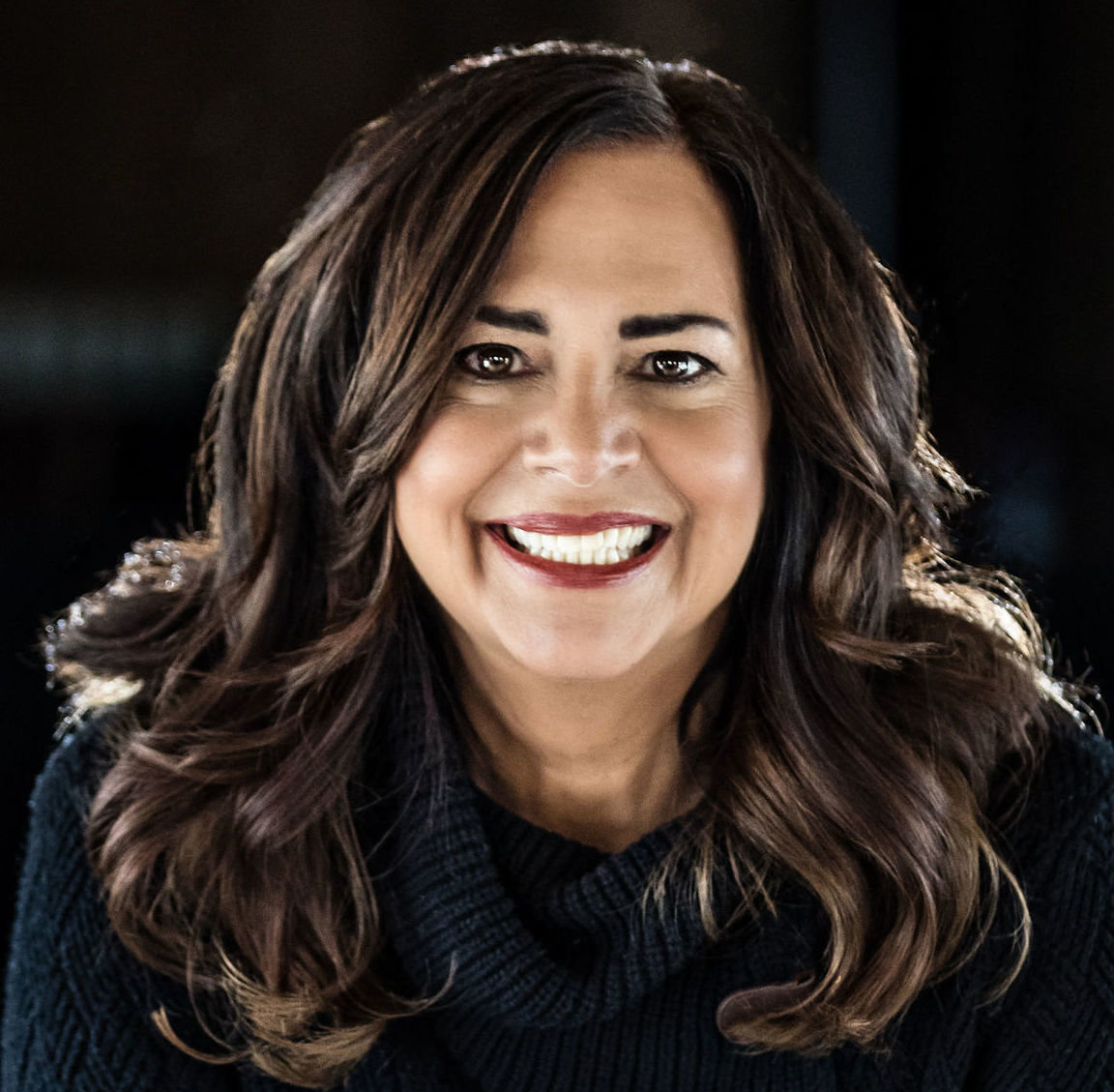Over the past 14 years of career coaching mid- to high-level professional women, I’ve heard about virtually every type of conflict that exists in the workplace, as well as heartbreaking stories from my clients about how they (unconsciously) escalated their conflicts, with disastrous results. After we examine the conflict at a deeper level and understand how it triggered insecurities and fears within them, and after openly examining their contribution to it, many of these clients say,“Wow, I wish I’d known this years ago! It would have saved me a lot of suffering at work.”
In looking back on my own 18 years in corporate life, I can say that I knew practically nothing about the best ways to address or resolve conflict and it showed. Compound that with being a young mom who was exhausted and stressed, with emotions (and fears) that ran very high in many of my jobs, I can see clearly how I contributed to–and even exacerbated—the conflicts I found myself in.
To learn more about conflict resolution and how to achieve it in the workplace, I was excited to connect this month with conflict specialist Cinnie Noble. Noble is founder of Cinergy and a former lawyer who works as workplace mediator and executive coach. She is a pioneer of conflict management coaching having created the Cinergy model in 1999. Noble coaches leaders worldwide to strengthen their conflict competence and teaches coaches, mediators, HR, lawyers and others around the world to provide her model.
Noble has authored six books–two of which are on conflict coaching including Conflict Mastery: Questions to Guide You and Conflict Management Coaching: The Cinergy™ Model. She posts a weekly blog containing scenarios and questions on a range of conflict situations at ConflictMastery™ Quest(ions)
Here’s what Noble shares on conflict resolution:
Kathy Caprino: How did you get into the area of conflict management coaching? What drove you to pursue it?
Cinnie Noble: During research towards a Master of Laws in Alternative Dispute Resolution, I became aware increasingly aware that one of the main reasons for conflict in workplaces is that leaders and others lack the ability to ‘be’ in conflict – to confidently and competently engage in fractious situations. No matter what training people may have had, many do not have opportunities to work on their particular challenges and ways to replace destructive habits with more constructive ones. Executive coaching was just emerging during my studies, and I learned there was no coaching framework specific to conflict. So, to fill the gap, I enrolled in a coaching program and concentrated on creating a conflict management coaching model for leaders and others for the purpose of strengthening their conflict competence. Its use has grown exponentially as more and more organizations strive to eliminate the negative impact of poorly managed conflict by supporting leaders to develop the related proficiencies.
I would like to add though that many organizations do not accept that conflict is a normal and inevitable part of working interdependently. Or, that conflict—whether it is about ideas, policies, tasks, roles, responsibilities, or relationships— provides opportunities to inspire innovative processes, improve communications, strengthen morale, and facilitate more productive and creative workplaces.
Caprino: In your experience, what are the top three areas conflict in the workplace that is most difficult to resolve?
Noble: Within any organization there are so many types of conflicts and some are more difficult to resolve than others, even of the ones l name here. The three areas though that can be especially difficult to resolve are cases of bullying and other abrasive behaviors, harassment in whatever form it takes, and long-standing conflicts in which the parties are entrenched.
Caprino: How are leaders and managers typically challenged in their approach to management of conflict?
Noble: Generally, leaders and managers lack conflict competence which includes:
· the ability to regulate emotions and remain calm when emotions run high
· remaining open to others’ perspectives
· encouraging and supporting conflict conversations
· not running away from conflict
Those who develop conflict competence are more apt to listen closely and with curiosity to divergent views—without judgment and defensiveness. Similarly, those who gain conflict mastery converse in conciliatory ways towards finding mutually satisfactory solutions.
I would add that there is something that challenges many leaders which is the lack of awareness many have about their own contribution to conflict. For them and most of us, for that matter, once entrenched in our perspectives, or when lacking awareness of how we adversely impact others (with words, deeds, attitudes, etc.) it can be very difficult to consider our part in the dissension. Another problematic behavior is the need to be right–thereby making wrong those who disagree with us—as though there is only one answer to a problem.
What I have found astounding is that many leaders make excuses (such as time constraints) to avoid dealing with conflict and do not accept that if the issues are not properly addressed the fall-out is usually much huger both timewise and financially.
Caprino: As a conflict management coach, what would you share as the three best strategies to help us resolve our conflicts with others more satisfactorily?
Noble: Here are my top three:
Listen to hear (not listen to talk)
Listening is essential, but it’s especially important to listen to hear, taking in everything the other person is communicating. Just saying, “Tell me more” until the person’s entire viewpoint is expressed is a major strategy. Fully hearing others’ perspectives helps reduce our assumptions and tendencies to react ineffectively such as by defending ourselves, arguing or giving advice.
Gaining distance
Gaining distance is also important, both physical and emotional. That is, it’s necessary to take some time to shift our brains from our reactions that activate the emotional part of our brains and interfere with our ability to think, problem-solve, make decisions, and shift to the reflective part of our brains so we can respond with reason and dignity.
Get clear about your desired outcome
A third strategy is to be clear about our desired outcome and align our words and actions accordingly. It’s about getting in touch with what’s important to the other person and to us individually and together. It’s about focusing our mindsets to think and interact in conciliatory ways and in a manner consistent with how we want to be (and to be perceived) in the conflict.
Caprino: What don’t most of us understand about the nature of conflict and how to address it effectively? Where are most of us getting it wrong?
Noble: A starting point consideration for this question is that we all have our own range of sensibilities about the attitudes, actions, tones of voice, words and sorts of body language that irritate us. It’s commonly the case that when we react, we are perceiving something important to us is being undermined or challenged. This might be our values, needs or aspects of our identity. We then tend to rely on our perceptions as truths though they may not be accurate.
Here’s an example: Let’s say we react when we sense people are condescending towards us. In these cases, we might perceive they are undermining our intelligence, our expertise, or something else we value about ourselves. Once we sense we are being denigrated this way we then tend to make assumptions about the person. For instance, we might assume they see themselves as superior or consider us as incompetent.
This sort of trajectory builds up, especially if we repeatedly encounter the same person’s offending action, tone, attitude etc. Ultimately, because we have come to believe our assumptions, we engage in fractious interactions with the person, or ignore them, or take other steps that reflect our way of managing ourselves when offended.
The key here is to, first, gain some distance as mentioned above, and consider if our assumptions are correct or if there is something else going on. For instance, might that person be feeling insecure, or threatened by us, or trying to impress someone nearby or any other reason? Did we do something to offend them?
Even if they intended to undermine us, what reasons might there be for doing so? Sometimes such reflections shift our initial perceptions. If not, it’s important to check them out with the other person which takes courage, especially if we are conflict-avoidant. In the end, it is ultimately a sign of conflict competence to think things out before reacting and to learn ways of engaging in conversations to clarify our assumptions and not act on them.
What most organizations get wrong is waiting until conflict has escalated before they address it. Generally, workplaces do not normalize conflict and build a culture of conflict competence. This might include for instance, making effective conflict management a core competency and support their leaders (and staff) to develop their related skills. Having system-wide, easily accessible conflict management options for leaders and staff to turn to such as coaching, mediation and peer review is also important to pre-empt unnecessary conflict and effectively address necessary conflict.
Caprino: Is the ultimate result of conflict resolution always peace, or can (should) it be something else?
Noble: Coaching focuses on clients’ goals and I would say most who are engaged in a current conflict are looking for peaceful resolution, or at least inner peace regarding their conflicts. However, resolution of some workplace disputes is not peaceful particularly when it involves someone losing their job, being demoted, disciplined, warned, etc.
Conflict coaching clients, in such situations, struggle with how to deliver hard messages in the best possible way knowing that the other person may react. When the message is delivered well, the blow is not as difficult to take, and such conversations can be enriching though not necessarily peaceful.
In the end, conflict resolution may not always be about peace. It may be about deciding on the optimum way forward for all concerned—when the issues are difficult, and the relationship is suffering. The outcome might not work well for everyone. Rather, it may mean making the best of the situation, accepting our differences, or finding peace from walking away with grace.
For more information, visit www.cinergycoaching.com.
To strengthen your communication and relationship skills, work with Kathy Caprino in her Career Breakthrough programs and tune into her podcast Finding Brave.


